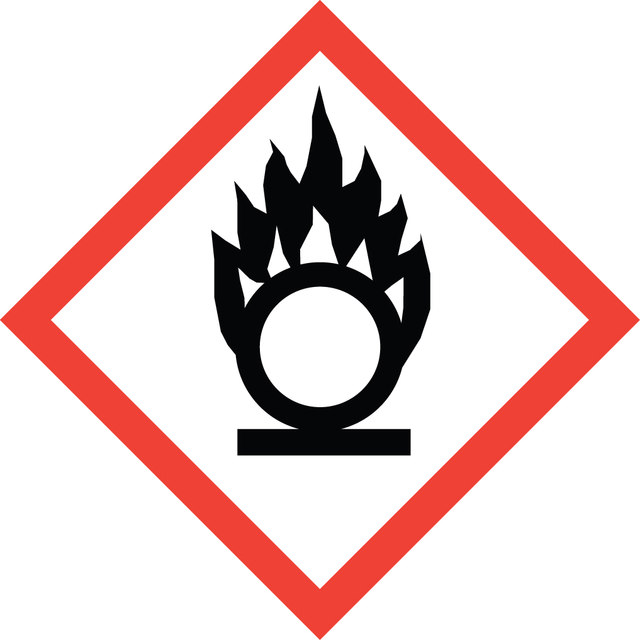Sign In to View Organizational & Contract Pricing
Select a Size
About This Item
Linear Formula:
NaIO4
CAS Number:
Molecular Weight:
213.89
EC Number:
MDL number:
UNSPSC Code:
12352302
PubChem Substance ID:
NACRES:
NA.23
Assay:
≥99%
99.0-101.0% (RT)
99.0-101.0% (RT)
Form:
crystalline
Quality Level
Assay
≥99%
99.0-101.0% (RT)
form
crystalline
reaction suitability
core: sodium
anion traces
sulfate (SO42-): ≤0.005%
cation traces
Mn: ≤0.0001%
SMILES string
[Na+].[O-]I(=O)(=O)=O
InChI
1S/HIO4.Na/c2-1(3,4)5;/h(H,2,3,4,5);/q;+1/p-1
InChI key
JQWHASGSAFIOCM-UHFFFAOYSA-M
Looking for similar products? Visit Product Comparison Guide
Related Categories
Application
Sodium metaperiodate finds application as catalyst in organic reactions]. For example it is known to catalyze selective sulfonylation of aromatics and the graft copolymerization of acrylonitrile.
Useful reagent for the oxidation of carbohydrates prior to labeling with biotin hydrazide
Analysis Note
Chloride, Chlorate, Bromide, Bromate (as Cl) ≤ 0.01 %
Signal Word
Danger
Hazard Statements
Precautionary Statements
Hazard Classifications
Aquatic Acute 1 - Aquatic Chronic 1 - Eye Dam. 1 - Ox. Sol. 1 - Skin Corr. 1C - STOT RE 1
Target Organs
thymus gland
Storage Class Code
5.1A - Strongly oxidizing hazardous materials
WGK
WGK 3
Flash Point(F)
Not applicable
Flash Point(C)
Not applicable
Regulatory Information
危险化学品
This item has
Choose from one of the most recent versions:
Already Own This Product?
Find documentation for the products that you have recently purchased in the Document Library.
Sodium Periodate Catalyzed Selective Sulfonylation of Aromatics
Bandgar, BP. and Kample, VT.
Chemistry Letters (Jpn), 10, 1066-1067 (2002)
Sara Nejati et al.
Colloids and surfaces. B, Biointerfaces, 196, 111347-111347 (2020-09-20)
Injectable hydrogels with conductivity are highly desirable as scaffolds for the engineering of various electrical stimuli-responsive tissues, including nerve, muscle, retina, and bone. However, oxygen deprivation within scaffolds can lead to failure by causing cell necrosis. Therefore, an oxygen release
Rout, J., et al.
Journal of Applied Polymer Science, 84, 75-75 (2002)
Panpan Li et al.
Carbohydrate polymers, 199, 219-227 (2018-08-26)
Deep eutectic solvents (DESs) are potential green systems that can be used as reagents, extraction agents and reaction media. DESs are often biodegradable, easy to prepare and have low toxicity. In this work, a recyclable DES formed from aminoguanidine hydrochloride
Surya R Banks et al.
Journal of agricultural and food chemistry, 67(37), 10481-10488 (2019-08-23)
Here, we report two methods that chemically modify alginate to achieve neutral-basic pH sensitivity of the resultant hydrogel. The first method involves direct amide bond formation between alginate and 4-(2-aminoethyl)benzoic acid. The second method that arose out of the desire
Our team of scientists has experience in all areas of research including Life Science, Material Science, Chemical Synthesis, Chromatography, Analytical and many others.
Contact Technical Service


